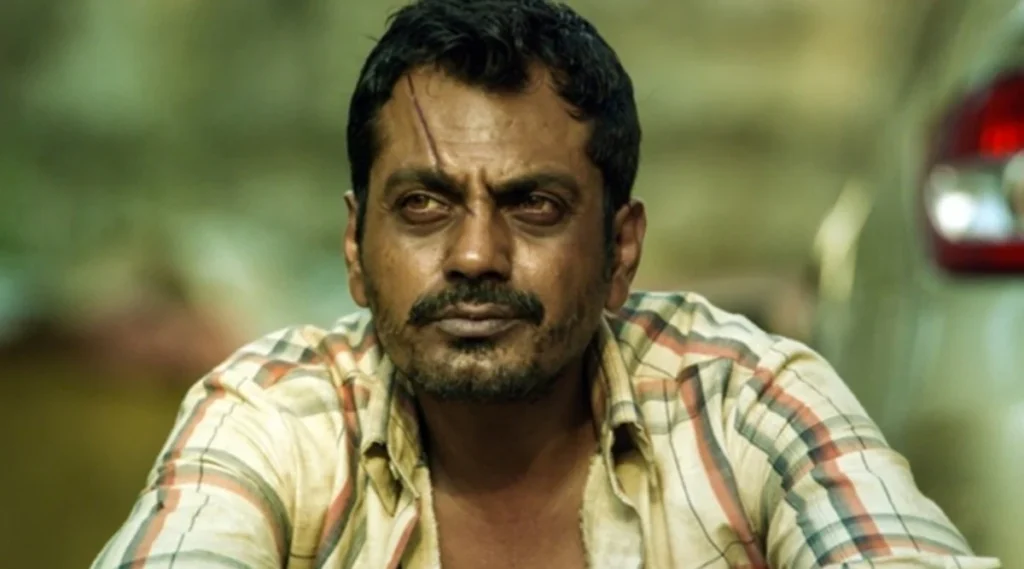
Nawazuddin Siddiqui’s performance in Raman Raghav 2.0 was so intense that it almost broke him mentally. He collapsed on set, kept repeating dialogues in a semi-conscious state, and was warned by doctors to detach from the character before things got worse. This article dives into how deeply he lived the role, what method acting really costs actors, and why his story matters to Bollywood and its fans.
The Role That Broke the Actor
When Anurag Kashyap cast Nawazuddin Siddiqui in Raman Raghav 2.0, he knew the actor could bring authenticity to the role of a psychopathic killer. What no one anticipated was just how far Nawazuddin would go.
For weeks, he stayed in character, absorbing the darkness of Raman’s twisted psyche. Crew members recalled his intensity as both brilliant and unnerving. Eventually, it became too much. Nawazuddin fainted during filming, and in the hospital, he was still mumbling lines from the script. His commitment had tipped into danger.
Doctors Had to Warn the Actor
The hospital visit was the wake-up call. Nawazuddin later shared that doctors advised him to step away from the role. They told him bluntly that his mind couldn’t take the constant immersion. His grip on reality was loosening, and he risked long-term harm if he didn’t pull back.
It wasn’t just acting anymore—it was a health risk.
The Risks of Method Acting
Method acting is admired because it brings a raw, lived-in quality to performances. But the technique can also trap actors inside their characters. For roles that are violent, disturbing, or morally corrupt, the danger multiplies.
Nawazuddin’s case isn’t unique. Globally, Heath Ledger’s Joker and Christian Bale’s extreme physical transformations are reminders of how far actors sometimes go. In Bollywood, Siddiqui’s Psycho Raman stands out as a chilling example of method acting exacting a real psychological cost.
Blurred Lines & Aftermath
Nawazuddin admitted that after Raman Raghav 2.0, he struggled with blurred boundaries between right and wrong. To reset, he returned to his hometown and spent time farming. Working with soil and reconnecting with ordinary life helped him break free from the mental grip of Raman.
For him, simplicity became therapy.
What This Means for Bollywood—and Fans
Bollywood thrives on intensity, but Nawazuddin’s story raises important questions about how much is too much. Behind the applause, actors sometimes carry scars from their roles. His experience highlights:
- The importance of mental health support in the film industry.
- The need for actors to set personal boundaries while preparing for roles.
- Why fans should value the human effort behind great performances.
For audiences, Raman Raghav 2.0 isn’t just a brilliant performance to watch—it’s a reminder of the unseen price paid for art.
FAQs
Why did Nawazuddin Siddiqui collapse during Raman Raghav 2.0?
Because of mental and physical exhaustion caused by over-immersion in his character.
What did doctors say?
Doctors warned him to detach from the role immediately as it was affecting his psychological health.
What is method acting and why can it be dangerous?
Method acting is when actors fully immerse themselves in a character. It can cause emotional strain if the role is disturbing.
How did Nawazuddin detach after the shoot?
He went back to his village and practiced farming to reconnect with reality and recover.
What can other actors learn from this?
To balance artistic dedication with self-care and prioritize mental well-being.
Also Read: Be YouNick Net Worth – Nick’s Comedy Journey & YouTube StardomB


